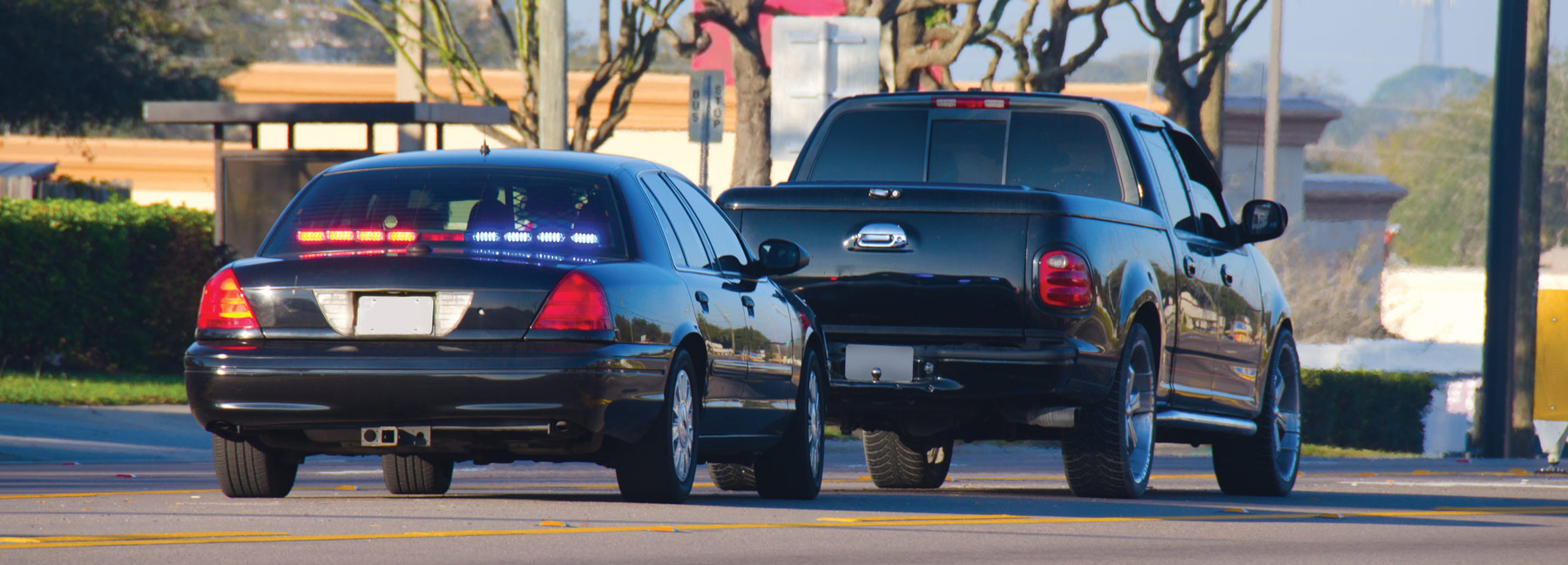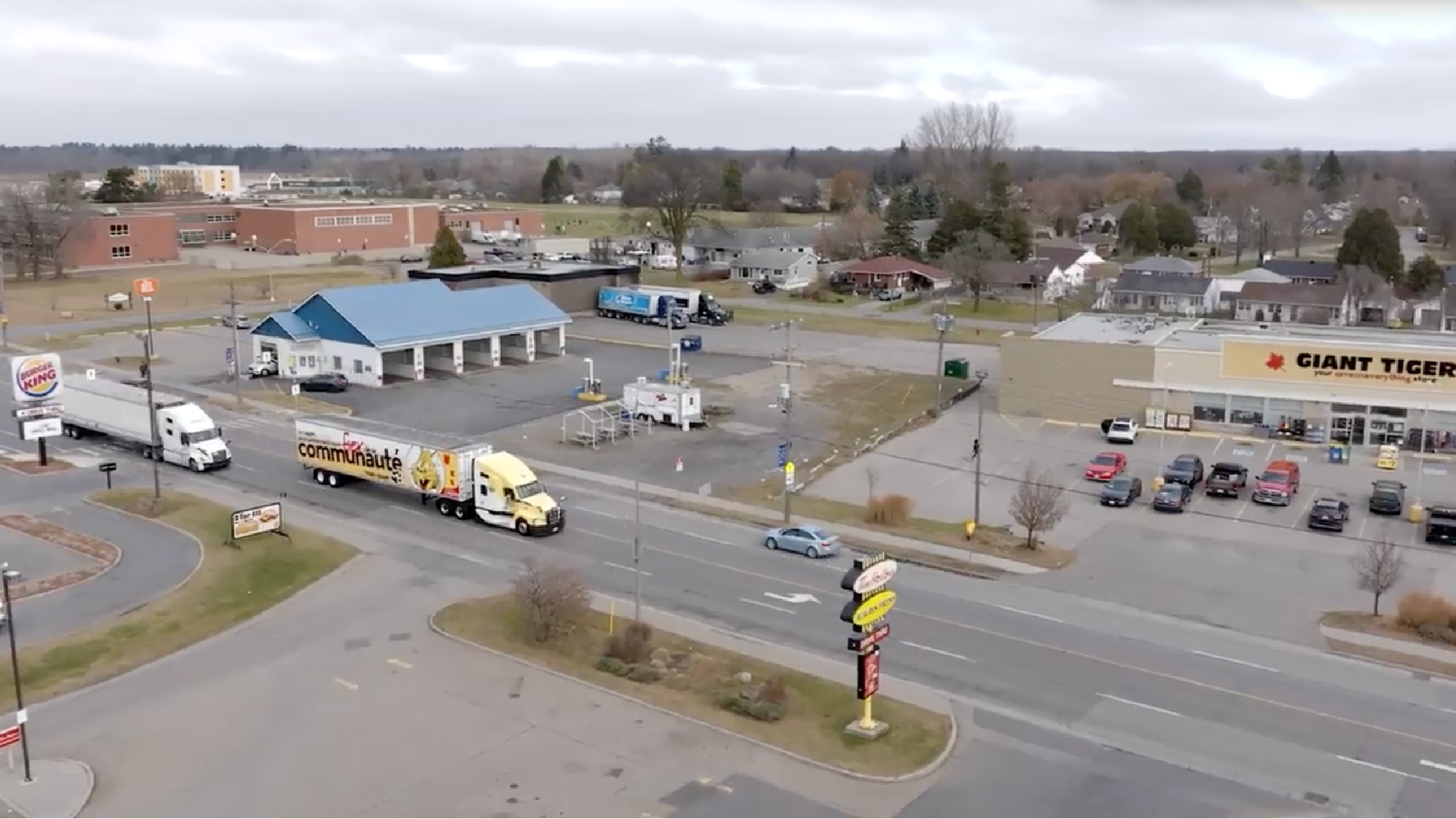
State of Utah police fleet: Serving the public safely and efficiently

Table of Contents
Across the U.S. and around the world, government fleets at every level have been turning to telematics to support their goals for safety, sustainability and efficiency. The State of Utah is no exception. Thanks to detailed fleet reports and unique in-vehicle integrations, the State of Utah has improved vehicle utilization, enhanced driver safety, and gained valuable insight for updating policy and procedures.
The challenge: Improving vehicle utilization
Knowing how many vehicles are needed to do the job is a fundamental challenge for any type of fleet, but it’s even more complicated for public agencies. Government fleets have to answer to government officials, taxpayers, and may need to follow specific state and federal guidelines to verify that equipment and vehicles are being utilized properly.
The State of Utah has 4,700 vehicles, ranging from sedans to Class 6/7 trucks. Talking with departments provided little clarity on true vehicle needs. For example, although some vehicles had low mileage, departments would say they were needed for on-campus or special use. More accurate information was required.
“We felt that a lot of our fleet was bloated,” says Black.
In addition to overall fleet reporting, the State of Utah had specific needs for their police fleet, known as the Department of Corrections:
- Measure vehicle utilization, including on-duty versus off-duty status
- Track on-duty versus off-duty use of vehicles
- Monitor the driving behavior of first responders, including speeding and seat belt use
- Monitor the use of police vehicle equipment to verify whether officers are running code and following policy
- Keep a historical record of vehicle use to assist in handling and resolving community complaints
The solution: Connected police fleet has full visibility
The State of Utah adopted the Geotab solution in January 2017, and devices are currently installed in about 1,400 of the state’s 4,700 vehicles. After significant research, the State of Utah selected Geotab for the comprehensive and user-friendly reporting, ease of installation, and integration options for emergency lights, sirens and other police equipment.
“Number one, it had everything that we wanted in reporting all the different vehicle functions. It was easy to pull data to have it formatted into like an Excel sheet. We could download exactly what data we wanted. Ease of install as well was a big part of it.” The process of implementation for Black was very easy. Minimal work was required to get each division up and running with telematics.
The Department of Corrections employs these Geotab features and options:
Fleet utilization reporting
With MyGeotab, the State of Utah can gather critical data on vehicle utilization real-time vehicle is used:
- Real odometer mileage
- Engine hours
- On-duty versus off-duty use
- Time spent in pursuit mode
Geotab’s IOX integrations make it possible to break down utilization even further, showing time spent with the siren and light bar on versus time parked or patrolling.
“Geotab makes it so much easier to see in reality what's going on instead of just having someone tell you what is happening with the vehicle,” says Black.
Driver ID with NFC technology (IOX-NFCREADER)
The Department of Corrections uses Geotab’s Driver ID solution (IOX-NFCREADER) to track which individual officers are using each department vehicle. The auxiliary solution requires that the officer scan his or her badge or ID when they enter the vehicle.
Monitor lights and siren usage (IOX-AUXM)
The department uses Geotab Input-Output Expander technology to track use of police-specific equipment such as the emergency vehicle lights on, siren on, driver’s door open and firearm locker open. IOX-AUXM easily connects to the 12-volt output of the police vehicle and supports up to four digital inputs.
Data is captured and transferred to the MyGeotab fleet management software for reporting and rule-setting.
Seat belt tracking
The State of Utah can monitor which drivers are using their seat belts from MyGeotab. To reinforce policy, they also set a custom rule for seat belt use, based on vehicle speed and whether the officer is running code.
The results: Rightsized and increasingly transparent
Geotab helped solve the State of Utah’s primary challenge of monitoring utilization, and as a result, the fleet can save money and free up budget for other important expenses. More detailed investigations of vehicle usage are now possible by combining the Geotab device with light bar and siren tracking. The Department of Corrections has included vehicle statuses like "in pursuit" into their utilization studies.
The State of Utah reports that they have downsized the fleet by 60 vehicles since 2017. Black uncovered under-utilized campus vehicles that could be removed from service and presented alternatives to owning a vehicle — such as a short-term rental.
As more state departments come on board with Geotab, the rightsizing efforts will continue. Monitoring utilization goes beyond just knowing if the state has the right number of vehicles. For example, Black says that he has better insight into deeper aspects of operations, understanding why campus vehicles have needed frequent tire maintenance, which required training drivers to better operate the vehicles.
Added benefits for safety and community relations
The Geotab solution has supported a number of training program improvements within the Corrections Department. Monitoring vehicle speed and the use of auxiliary equipment such as lights and siren shows whether policy is being followed in the field, and whether changes are needed.
Black says, “A couple of things that they were able to find out is if they had some gaps in their policies, especially when it was related to pursuit. Specifically, at what point do we say you're going too fast for the conditions you're in?” One instance of excessive speed, recorded at 144 mph, dramatically underlines the importance of monitoring driving behavior. Disputed at first, the vehicle was third-party tested to verify that it could top 150 mph.
“They actually set forth some policies just based on what Geotab data has been able to pull in. They were able to go back and make policies that will probably save the officers' lives.”
Another example is related to seatbelts. In the past, officers were trained not to wear their seatbelts, in case it impeded their exit in an emergency situation. Numerous seat belt violations in MyGeotab brought this trend to light to Fleet Operations. For greater safety, the policy was changed so that drivers must always wear their seat belts unless they are in a pursuit situation and driving under 5 mph.
The objective telematics data can also be helpful for resolving driving complaints received from the community. If a report is received of an officer not using his lights and siren properly, fleet management can look up the historical vehicle activity at that time and place in MyGeotab. “Now we have a way of saying, ‘Yes, the lights and siren were active when the event occurred or the accident occurred.’ So, if you didn't yield, and even though you had the green light, you didn't yield to a law enforcement vehicle, you are at fault in the State of Utah.”
The benefits of Geotab have been far more extensive than the Department of Corrections had first anticipated, according to Black.
“They just saw a lot of value in it. And then after they saw that value, boy, they pushed it out to every vehicle. So, as far as that goes, it's been a remarkable product for us.”
Future plans
With the Department of Corrections showing the potential and the benefits of Geotab’s IOX system, Black is testing a “panic” button to allow drivers to call for help no matter where they are. When activated, the technology uses Iridium satellite technology to give the exact coordinates of the employee who’s in trouble and any other pertinent vehicle fault codes or other data that will help those responding to the emergency.
“There are a lot of departments that are interested in the Iridium satellite panic button, as they do have people out there that have run into situations before where they can't get a cell signal and they wish there was some way to communicate,” says Mr. Black. “They were stuck there for hours. And we've had people stuck for days on the mountain trying to get down.”
Perhaps one of the biggest benefits is the flexibility Geotab and its auxiliary functions bring to the state’s fleet and the departments it serves.“And that's why Geotab is so great,” says Mr. Black. “It's so universal with these ancillary items that we can add onto the Geotab and have it interface with them. And that's one of the greatest benefits about Geotab is that it does interact with some of these other things that we can utilize to find solutions for the department's needs that benefit each department.”
Utah state agencies aren’t required to use the Geotab device; it’s completely voluntary, but the user agencies that are using it range from the Department of Human Services to the Department of Administrative Services to the Utah State Library to the Department of Corrections.
Currently, several state departments are coming on board — including the Utah State Tax Commission — but Black hopes that eventually, once the cost benefits of Geotab are fully realized, there will be legislative action that will require the use of telematics in every vehicle operated by the State of Utah.
From the fleet manager
“Geotab gives us a clear picture to better understand cost-saving measures, and make smart decisions based on what our needs are,” Dan Black, fleet manager, Department of Administrative Services, Division of Fleet Operations.
Client profile
Client name:
State of Utah Police Fleet
Industry:
Government
Types of vehicles:
Sedans, Vans, Pickups, Straight Trucks
Fleet size:
4700
Fleet focus:
Safety, Fleet Optimization
Other stories

ENMAX Power Corporation unlocks real-time insights on fleet performance with telematics
April 9, 2025

Gerhardt Group: Digging into telematics data to drive efficiency
January 16, 2025

Giant Tiger advances fleet safety and optimization with an integrated, data-driven solution
January 8, 2025

Hunt and Sons LLC: Simplifying fleet operations through telematics data
January 8, 2025